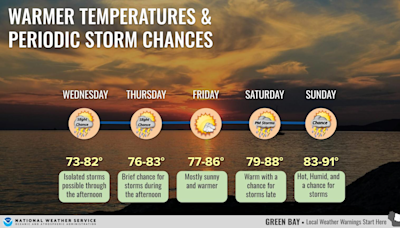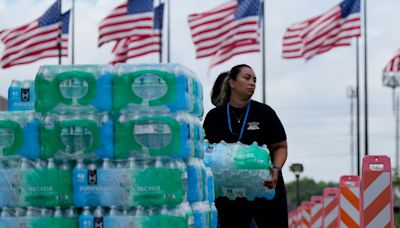Search results
Apr 6, 2023 · Heat exhaustion is one of three heat-related illnesses, with heat cramps being the mildest and heatstroke being the most serious. Causes of heat illness include exposure to high temperatures, particularly when there is also high humidity, and strenuous physical activity.
Jun 11, 2024 · Heat exhaustion symptoms may start rapidly or come on slowly, with signs of milder heat illness showing up first. You might get a red heat rash or painful heat cramps, often in your arms...
Mar 3, 2021 · Symptoms of heat exhaustion can include dizziness, headache, nausea, muscle cramps and others. Treatment includes removal from the heat, rest and fluids. Untreated, heat exhaustion can lead to heatstroke, which can be a life-threatening condition.
Feb 15, 2024 · Heat-related illnesses are preventable. Learn the symptoms and what to do if you or a loved one shows signs of having a heat-related illness.
Apr 6, 2023 · An overheated body can lead to dangerous symptoms. Get tips to prevent heat exhaustion and how to cool down quickly when it happens.
Apr 22, 2017 · If you think you have heat exhaustion, stop what you’re doing, find a cool area or a way to cool down your body, and rest. If your symptoms don’t improve with self-treatment, seek emergency ...
Heat exhaustion is the body’s response to an excessive loss of water and salt, usually through excessive sweating. Heat exhaustion is most likely to affect: The elderly. People with high blood pressure. Those working in a hot environment. Symptoms of heat exhaustion include: Headache. Nausea. Dizziness. Weakness. Irritability.
Apr 1, 2021 · Heat exhaustion, which is caused by too few fluids and long hours in high temperatures, causes heavy sweating, a fast and weak pulse and rapid breathing. Heat stroke, which is a life-threatening illness, happens when your temperatures rises above 106 degrees Fahrenheit (41 degrees Celsius) quickly – within minutes.
What is heat exhaustion? Heat exhaustion occurs when fluids lost through sweating are not replaced. The body’s primary mechanism of cooling itself is through sweating. As sweat evaporates from the body, it takes body heat with it, cooling the body.
NOAA issues excessive heat warnings when weather conditions pose an imminent threat to life and heat advisories when weather conditions are expected to cause significant discomfort or inconvenience or — if caution is not taken — become life threatening.




